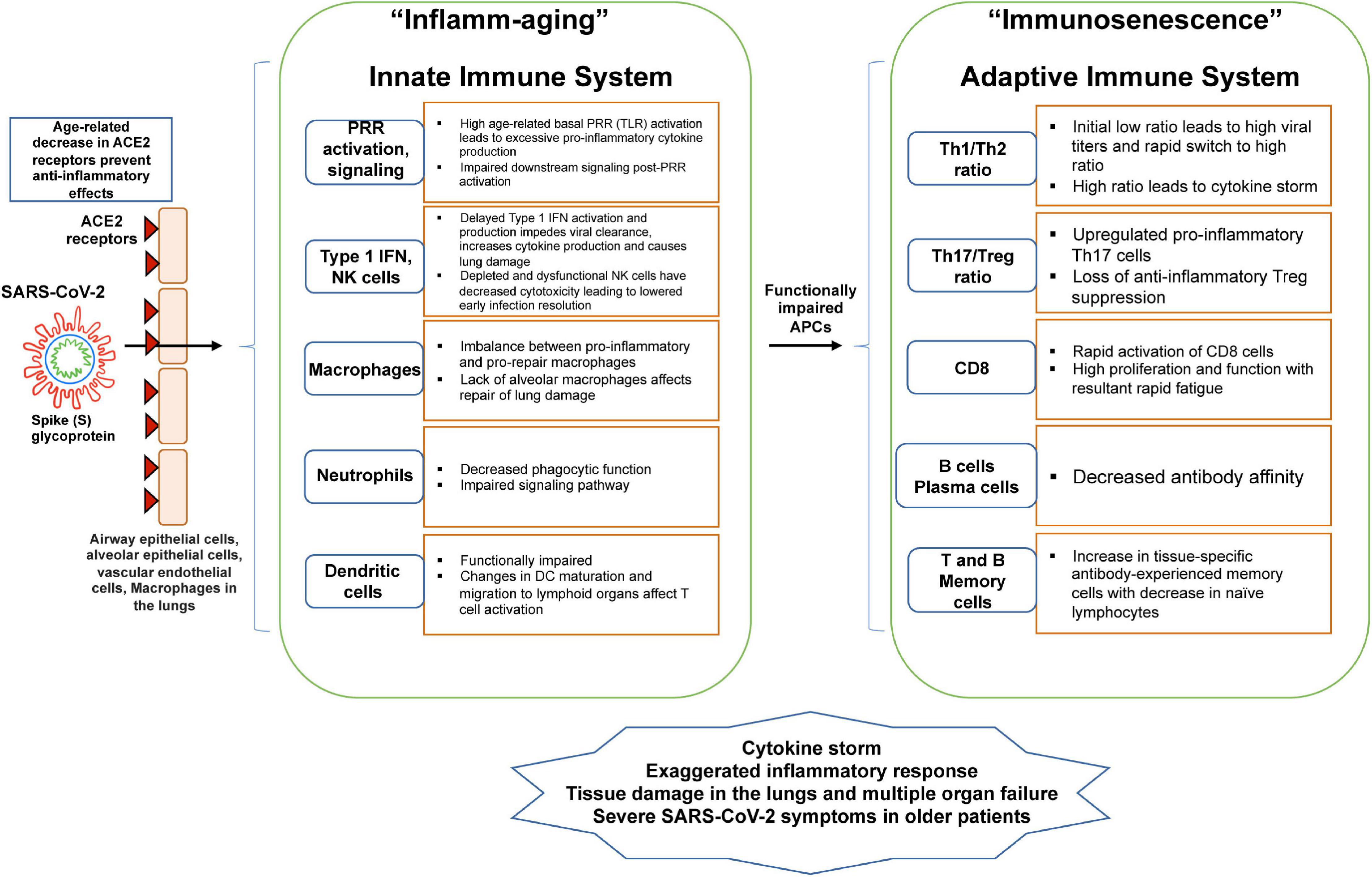
Healthy eating resources can be difficult to find. These resources may be available online or in print, but they are often difficult to use. Access to healthy food resources may depend on your budget, lifestyle, and grocery store location. There are many resources that can help guide you to make informed decisions. Here are some useful sites: Canadian Food Guide, 2. EatRight, 3. Canada's Food Guide. 811HealthLine
MyPlate offers the Dietary Guidelines for Americans. It is very useful for moms-to -be and nursing mothers. Links to Nutrition Education and Training Materials are also available. These links include "Eat Healthy Every Day", "Reduce Your Risk for Cardiovascular Disease", and "Manage Your Food Resources Wisely." You can also use a food thermometer to ensure the healthiest foods.

Another resource is the We Can! initiative. The program works with families and communities to raise awareness about nutrition and promote healthy food choices. The website includes tips and information about "Go Foods" and "Slow Foods," as well as the benefits of making healthier choices. These resources can be useful for print publications and newsletters. They include tips on food safety, portion control, and teaching children about healthy eating. For more information, visit the American Diabetes Association's website.
The Healthy Eating Toolkit, a resource that is ideal for nutrition professionals (dietitians, community educators) is a wonderful resource. It will teach you about the nutrition facts label and how to interpret it. This booklet contains helpful tips for cooking meals for children and families on a budget. The U.S. Department of Agriculture sponsors the Eat Smart - Eat Smart program. This website contains a wide variety of healthy cooking recipes, all very affordable.
Many of our resources for healthy eating were created for health professionals. The DHDSP site offers resources and information for all health conditions. You can find recipes and tips for many different foods in the free meal delivery resource. It also provides resources for the NIA's online library. The NIA has many other great resources to help you teach and encourage healthy eating in your community. These resources can be shared with your patients, so make sure they know about the heart-healthy diet.

We Can! Parents can use the We Can! chart to make sure their kids have healthy lunches. It can be confusing to determine what products you should buy for lunches, even though most packaged foods include nutrition facts labels. We Can! Use the We Can! Nutrition Chart to help you make the right choice for your family. A nutrition map shows you what foods are good and bad for your health. You can create a delicious lunch for your children by deciding which foods are best.
FAQ
What does it take to make an antibiotic work?
Antibiotics are medications that kill harmful bacteria. To treat bacterial infections, antibiotics are used. There are many types and brands of antibiotics. Some can be taken orally, others are injected and some are applied topically.
Many people who have been exposed can be prescribed antibiotics. For example, if someone has had chicken pox, he or she might take an oral antibiotic to prevent shingles later on. Or, if someone has had strep throat, he or she might receive an injection of penicillin to help prevent pneumonia.
Doctors should prescribe antibiotics to children. Children are more susceptible to side effects from antibiotics than adults.
Diarrhea, the most common side-effect of antibiotics, is probably diarrhea. Other side effects possible include dizziness, nausea, vomiting, stomach cramps, dizziness and allergic reactions. These side effects are usually gone once the treatment is complete.
How much should I weigh for my height and age? BMI calculator and chart
A body mass index calculator (BMI) is the best way to find out how much weight you should lose. A healthy BMI range is between 18.5 and 24.9. Aim to lose 10 pounds per month if your goal is to lose weight. Simply enter your height, weight and desired BMI into the BMI calculator to calculate it.
Check out this BMI chart to determine if you are overweight or obese.
Why does weight change as we age?
How can you tell if your bodyweight has changed?
If there are less calories than muscle mass, then weight loss is possible. This means that daily energy needs must be greater than the calories consumed. Activity levels are the most common reason for weight loss. Other reasons include poor eating habits, stress, hormone imbalances, certain medications and illness. Weight gain occurs when there is more fat than muscle mass. It happens when people eat more calories than they use during a given day. The most common causes are overeating, increased activity, hormonal changes, and excessive calories.
The main reason why our bodies lose weight is because we consume fewer calories than we burn. Regular exercise increases metabolism, which means that we burn more calories per day. This doesn't necessarily mean we will lose weight. What matters is whether we are losing fat or building muscle. If we're burning more calories than we're consuming then we're going to lose weight. But if we're consuming more calories than we're burning, then we're actually storing them as fat.
As we age we tend to be slower in moving and thus we don't move nearly as much. We also tend to eat less food than we did when we were younger. Therefore, we tend to put on weight. On the flip side, we tend to have more muscle mass so we look bigger than we really are.
There's no way to tell how much weight you've lost unless you weigh yourself every week. There are many ways to determine your weight. You can check your waist size, your hips, your thighs, your arms, etc. Some prefer to use the bathroom scales, others prefer to use tape measures.
For a better track of your progress, try to weigh yourself once per week and measure your waistline once every month. To track your progress, you can also take photos every few months of yourself to see how far it has come.
You can also find out how much you weigh by looking up your height and weight online. If you're tall at 5'10", and weigh 180lbs, your weight would be 180.
What are 7 tips for a healthy and happy life?
-
Take care of your health
-
Exercise regularly
-
Sleep well
-
Get plenty of water.
-
Get enough rest
-
Be happy
-
Smile often.
Statistics
- WHO recommends reducing saturated fats to less than 10% of total energy intake; reducing trans-fats to less than 1% of total energy intake; and replacing both saturated fats and trans-fats to unsaturated fats. (who.int)
- nutrients.[17]X Research sourceWhole grains to try include: 100% whole wheat pasta and bread, brown rice, whole grain oats, farro, millet, quinoa, and barley. (wikihow.com)
- According to the Physical Activity Guidelines for Americans, we should strive for at least 150 minutes of moderate intensity activity each week (54Trusted Source Smoking, harmful use of drugs, and alcohol abuse can all seriously negatively affect your health. (healthline.com)
- Extra virgin olive oil may benefit heart health, as people who consume it have a lower risk for dying from heart attacks and strokes according to some evidence (57Trusted Source (healthline.com)
External Links
How To
What does "vitamin" actually mean?
Vitamins are organic substances found naturally in food. Vitamins are essential for our bodies to absorb nutrients from the foods we eat. Vitamins cannot come from the body so food must provide them.
There are two types: water-soluble and fat-soluble vitamins. Water-soluble vitamins dissolve readily in water. These include vitamin C (thiamine), Vitamin B1 (riboflavin), Vitamin B2 (riboflavin), Vitamin B3 (niacin), Vitamin B6 (pyridoxine), Vitamin C, B1 (thiamine), Vitamin B2 (riboflavin), Vitamin B3 (niacin), and Vitamin B6 (pyridoxine). Fat-soluble vitamins are stored in the liver, fatty tissue and kidneys. Some examples include vitamin D and E, K, A and beta carotene.
Vitamins can be classified by their biological activity. There are eight main groups of vitamins.
-
A - Essential for healthy growth and health maintenance.
-
C is important for nerve function and energy production.
-
D - essential for healthy bones, teeth, and gums.
-
E is needed for good reproduction and vision.
-
K - required for healthy muscles and nerves.
-
P - essential for strong bones, teeth and tendons
-
Q - Aids in digestion and absorption.
-
R - Required for red blood cell production
The recommended daily allowance for vitamins (RDA) varies based on gender, age, and physical conditions. The U.S. Food and Drug Administration (FDA) sets the RDA values.
For adults over 19 years, the RDA is 400 mg per day for vitamin A. Pregnant women require 600 micrograms daily to support fetal development. Children ages 1-8 require 900 micrograms per day. Babies under one-year old require 700 mg per day. Between 9 and 12 years of age, however, this drops to 500 mg per day.
Children aged 1-18 years need 800 micrograms daily, while children overweight require 1000 micrograms per days. Children who are severely obese or underweight will need 1200 micrograms each day.
Children between 4 and 8 years old with anemia will need 2200 micrograms daily of vitamin C.
2000 micrograms is the minimum daily intake for adults over 50 years old to maintain good health. Due to their increased nutrient needs, pregnant and breastfeeding women need 3000 micrograms daily.
Adults over 70 years of age need 1500 micrograms per day since they lose about 10% of their muscle mass each decade.
Women who are pregnant and lactating need more nutrients than the RDA. Pregnant women need 4000 micrograms per dayduring pregnancy and 2500 micrograms per day after delivery. Breastfeeding mothers need 5000 micrograms per day when breast milk is being produced.